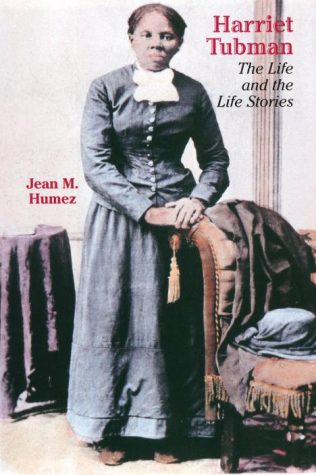From Book to Bust
November 7, 2003
I am a purist and an avid bibliophile, as you’ve probably figured out by now. The willingness to get rid of my bed in order to make room for bookshelves, as well as using grocery money to purchase the latest works spewed out by obscure authors is pretty indicative of that. I’m excited by marbleized endpapers and the newest innovations in typesetting. Sleep can and will be sacrificed just so I don’t have to lie awake at night worrying about what will happen to fictional characters. I miss my subway stops often enough that I have to leave an extra fifteen minutes early.
This is why nothing upsets me more than a perfectly good novel adapted and warped into a perfectly awful movie. Take the 1995 travesty that was Nathaniel Hawthorne’s Scarlet Letter, a soul-searing exploration into self-flagellation, guilt, and flouting social convention with a little nudity, political correctness, and a happy ending. Of course, according to Demi Moore, no one should give a damn because most people haven’t even read the book. Right, and you wonder why you haven’t made a decent movie in years. Moore’s comment exemplifies the Hollywood attitude of tits, ass, and fairytales. Why bother trying to give your audience an experience that may cause deeper reflection on their values when you can entertain them for $10 with a piece of fluff that will stay with them for all of five minutes?
The only recognizable part of most novels stolen by Hollywood is the author’s name. In the book’s place is a changeling made for public consumption and not much more. Once contaminated by the evil entity known as a “screenwriter” you can forget messy concepts such as content and respect of plot. Most writers disown the screen versions for good reason. Yet, I wouldn’t make a blanket generalization to include all books-to-film in this category.
Look at Trainspotting, Irvine Welsh’s tale of heroin highs and lows set in working class Scotland. The movie maintained the stylistic flair that the novel embodied, including the Scottish vernacular that it was written in. One of the scenes that came across even more powerfully on screen is Mark Renton’s reliving of guilt over a dead baby while he’s going through withdrawal. He hallucinates the baby crawling on the ceiling in a sweating, shaking frenzy.
No discussion of literary adaptation to screen would be complete without a reference to Chuck Palahniuk’s Fight Club. The best part about that was that it got more people interested in reading the book. The novel was phenomenal and, I am embarrassed to say, the movie was even better. That could be more due to the efforts of Edward Norton, Helena Bonham Carter, and Brad Pitt than screenwriter Jim Uhls, but as I was watching it, it was the perfect conversion. The struggle of man against himself was artfully epitomized even until the end by Pitt and Norton without having to rely entirely on explosions and graphic sex. Then again it’s a case of comparing two entirely different media as well.
The Lord of the Rings trilogy has worked out to create a faithful representation of J.R.R. Tolkien’s Middle Earth macrocosm with its “Star Wars”-like aspirations. Though at times tedious and rambling, it perfectly mirrors the book in that respect. Remaining faithful to the plotline and spirit of the book can mean taking on some of the more unpleasant aspects as well.
One of the few cases where the reverse is true is with Stephen King, a writer who has produced a number of commercially successful novels with all the redeeming values of a porno magazine. “The Shawshank Redemption” was a captivating movie made out of a mediocre novella, like most of King’s work. “Redemption” graphically depicted a harsh, gray world where hope could still live, whereas the novel was bogged down by technicalities and obsessing over prison rape.
However, even elitist nerds like me require activities that are a break from brain-draining, anal-retentive analysis. That’s why I’ll still go to see the movie even if it’s been blasted in reviews. Being a critic is hard work.






















































